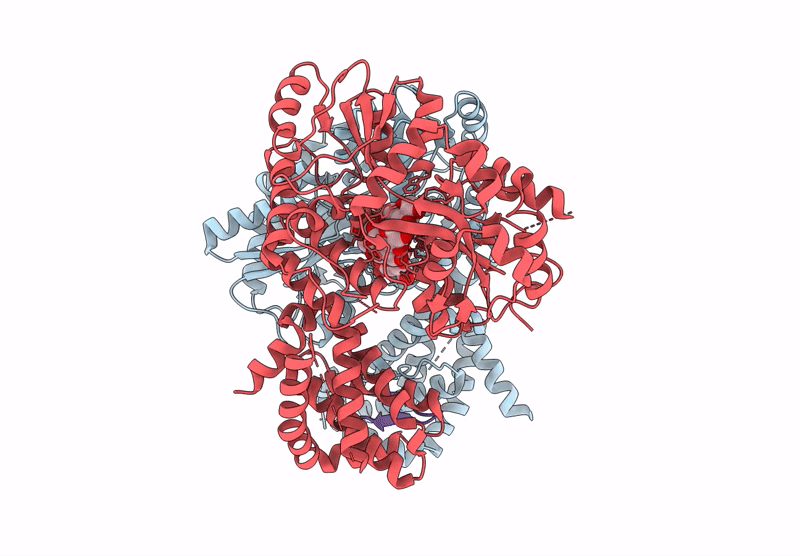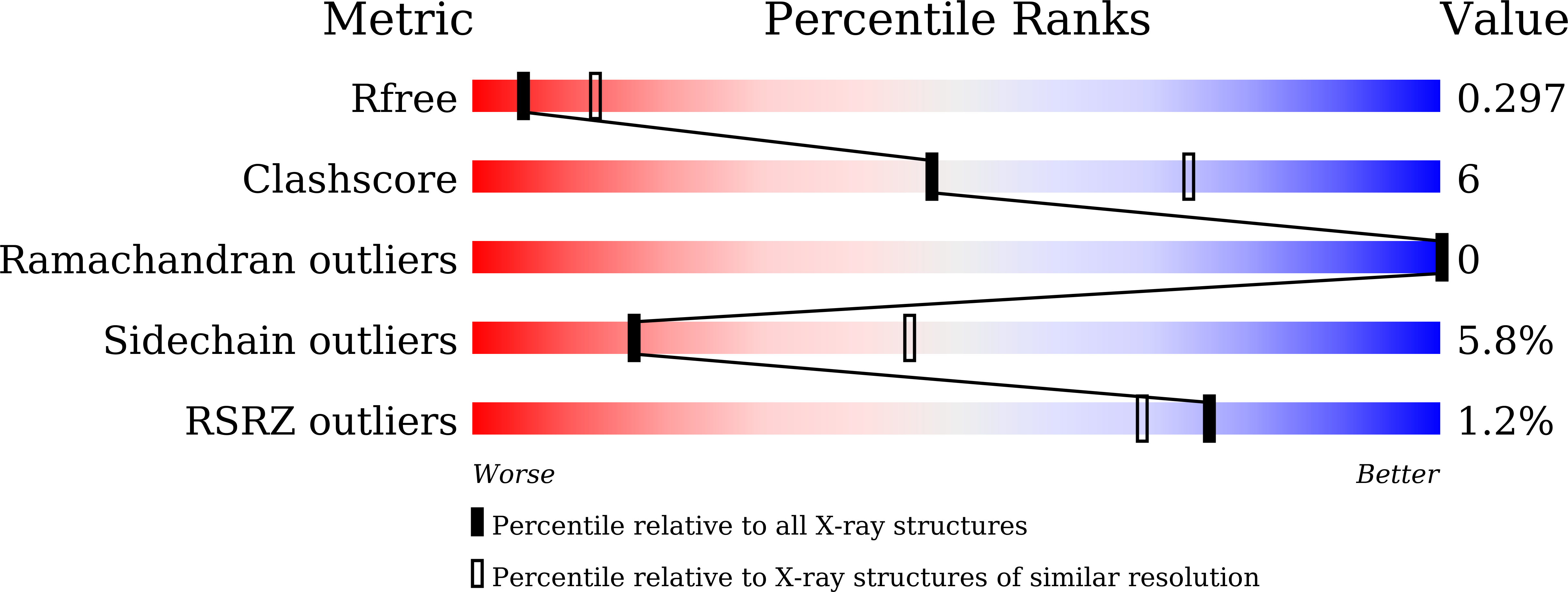
Deposition Date
2024-04-30
Release Date
2025-03-19
Last Version Date
2025-04-02
Entry Detail
PDB ID:
8ZCS
Keywords:
Title:
Crystal structure of the MBP-MCL1 complex with highly selective and potent Cyclic peptide inhibitor
Biological Source:
Source Organism:
Escherichia coli K-12 (Taxon ID: 83333)
Homo sapiens (Taxon ID: 9606)
synthetic construct (Taxon ID: 32630)
Homo sapiens (Taxon ID: 9606)
synthetic construct (Taxon ID: 32630)
Host Organism:
Method Details:
Experimental Method:
Resolution:
2.79 Å
R-Value Free:
0.29
R-Value Work:
0.20
R-Value Observed:
0.20
Space Group:
P 1 21 1


